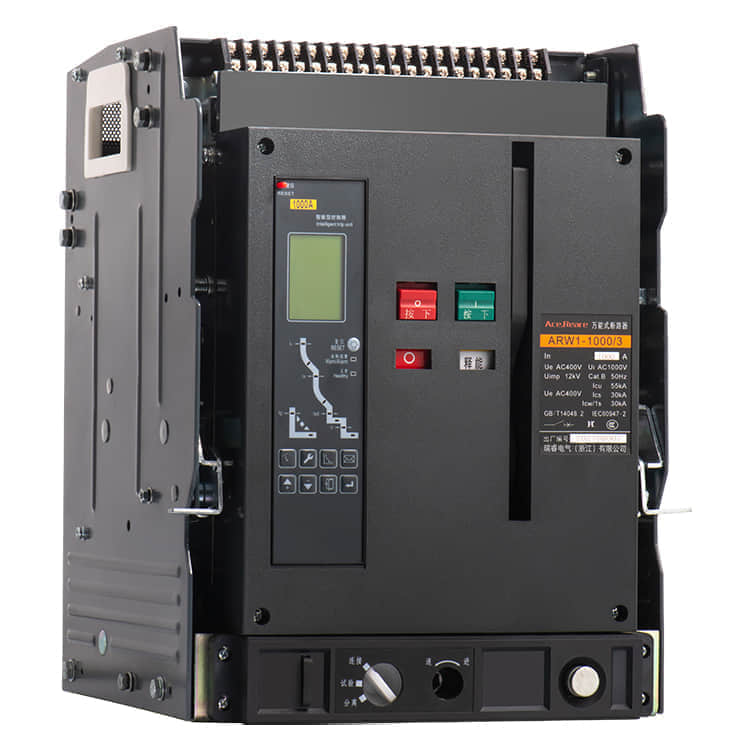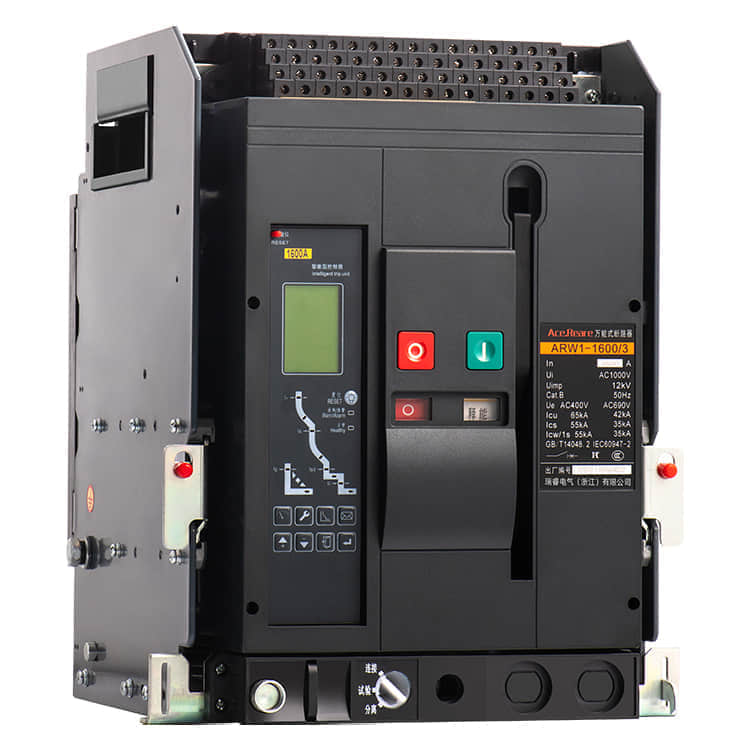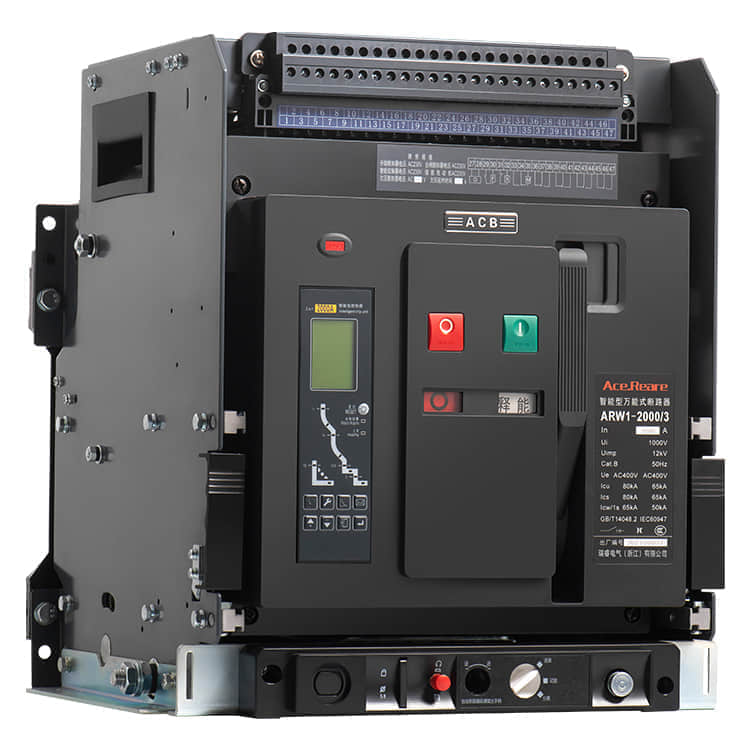
Date | 2024-07-26 02:29:25
In the intricate world of electrical systems, the Air Circuit Breaker (ACB) stands as a vital component, ensuring the safety and reliability of power distribution. ACB breakers are designed to interrupt the flow of current in a circuit, preventing damage to electrical equipment and wiring in the event of an overload or short circuit. Their importance in maintaining the integrity of electrical systems cannot be overstated.

The fundamental working principle of an ACB breaker lies in its thermal-magnetic trip mechanism. This mechanism is designed to sense abnormal current conditions and trigger the breaking action promptly. When the current exceeds a predefined threshold, either due to an overload or a short circuit, the trip mechanism is activated. This activation causes the contacts within the ACB to separate, effectively interrupting the circuit and halting the flow of current.

